SUMMARY
This is AI generated summarization, which may have errors. For context, always refer to the full article.
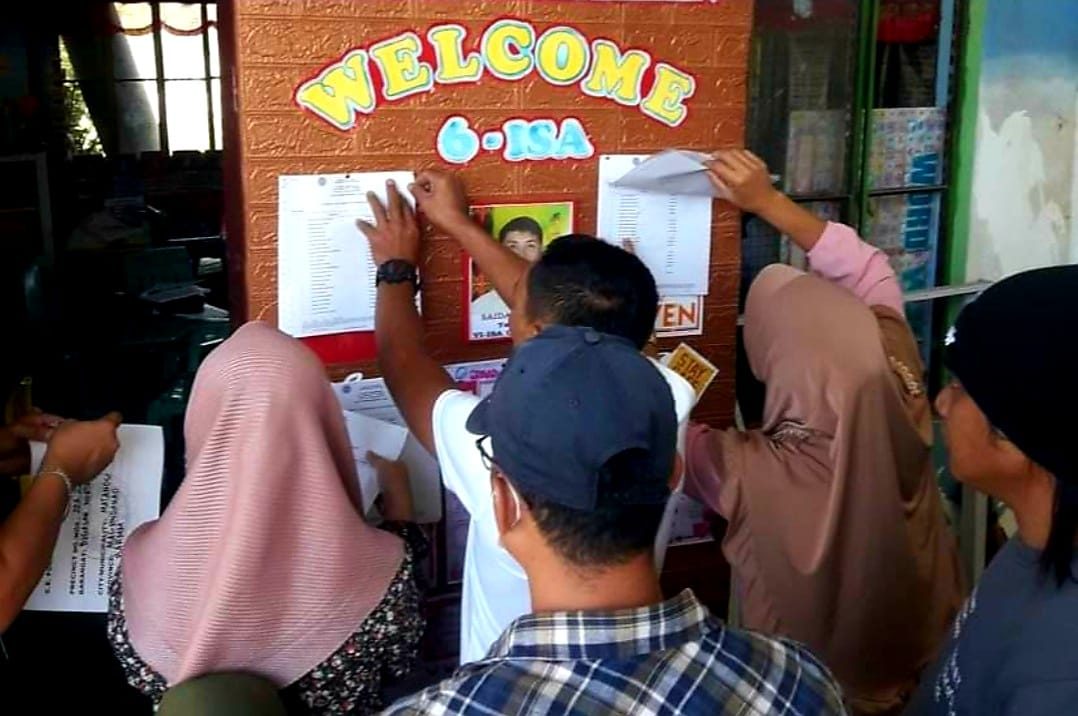
CAGAYAN DE ORO CITY, Philippines – The Commission on Elections (Comelec) is expecting a high voter turnout at the Maguindanao plebiscite on Saturday morning, September 17.
Plebiscite centers opened across Maguindanao on schedule, without a glitch at around 7 am, and the electoral exercise would end at 3 pm.
Comelec Chairman George Garcia, who is supervising the plebiscite in Maguindanao, said the number of voters could even surpass Comelec’s projections.
The Comelec earlier said it expected 60% or 491,274 of Maguindanao’s 818,790 voters to take part in the eight-hour plebiscite that would determine if the 36-town province would be split into two.
Photos on social media pages, including that of the National Movement for Free Elections (Namfrel), show empty seats in plebiscite precincts as of mid-morning on Saturday, though the plebiscite would be until 3 pm.
The majority of those who are going to Maguindanao’s 467 voting centers would accept or reject the 2021 law on the creation of 12-town Maguindanao del Norte and 24-town Maguindanao del Sur.
It does not matter how many cast their ballots as long as the plebiscite is not disrupted. Garcia said a plurality vote either for “yes” or “no” would decide the fate of the approximately 15,000-square-kilometer province.
Garcia said the ballots would be counted manually starting at around 4 pm, and if plans don’t miscarry, the results would be known as early as around noontime on Sunday, September 18.
He said plebiscite results from some towns may not be brought to the provincial board of canvassers in the wee hours due to distance and security concerns.
Officials, however, expect one of the most peaceful and orderly political exercises in recent years in Maguindanao, a province where intense political rivalries have resulted in bloodshed.
Today, even Maguindanao’s warring political clans favor the split.
The 2021 law is seen as non-contentious in the predominantly Muslim province that once voted in favor of carving out 10 of its towns to form a new province.
The province, Shariff Kabunsuan, ceased to exist in 2008 – two years after its creation – as the Supreme Court voided the law of the now-defunct Autonomous Region in Muslim Mindanao (ARMM) that established it.
Brigadier General John Guyguyon, Bangsamoro Autonomous Region in Muslim Mindanao (BARMM) police chief, said tight security was in place throughout Maguindanao during the plebiscite period.
Police said Maguindanao voters and plebiscite workers were so secure that they were more concerned now about the security of government forces given recent attacks on authorities.
On August 30, armed men staged an ambush and killed the police chief of Ampatuan town, Lieutenant Reynaldo Samson, and his aide, Corporal Salipudin Endab, while they were returning to their police station after they failed to serve an arrest warrant in the village of Kapinpilan.
The Comelec and the police ruled out the possibility that the ambush was plebiscite-related.
Ampatuan town is where the infamous 2009 Maguindanao Massacre – that single deadliest attack on journalists in history – took place. The grisly mass murders of 58 people, more than 30 of whom were journalists, were blamed on intense political rivalry in Maguindanao. – Rappler.com
Add a comment
How does this make you feel?





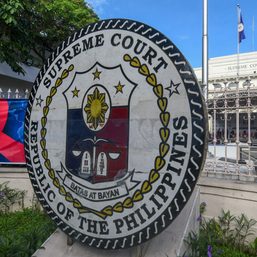

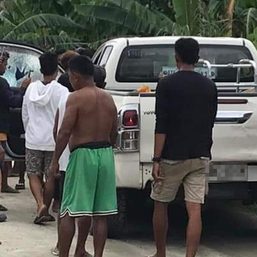
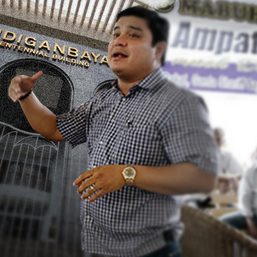
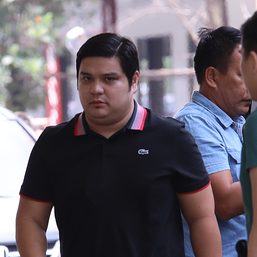



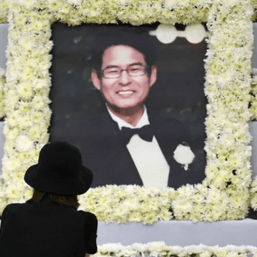
![[The Slingshot] Lito Patay’s 4 hours and 38 minutes of infamy](https://www.rappler.com/tachyon/2024/07/Lito-Patay-4-hours-infamy-July-19-2024.jpg?resize=257%2C257&crop=233px%2C0px%2C720px%2C720px)
There are no comments yet. Add your comment to start the conversation.